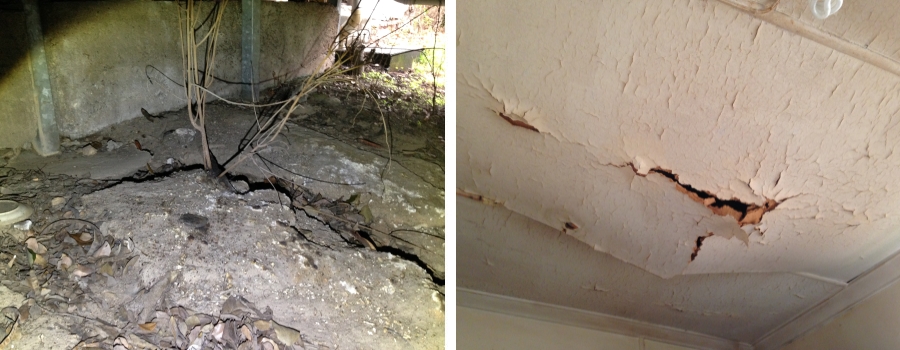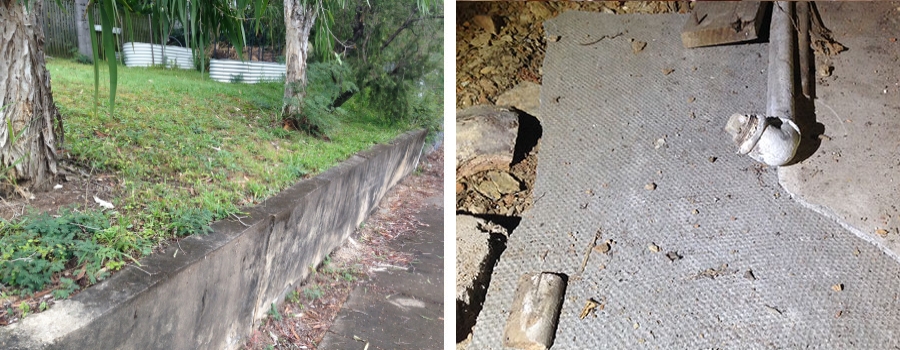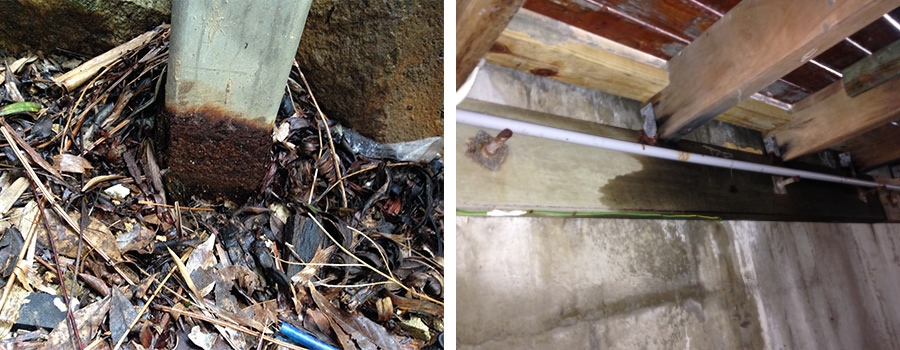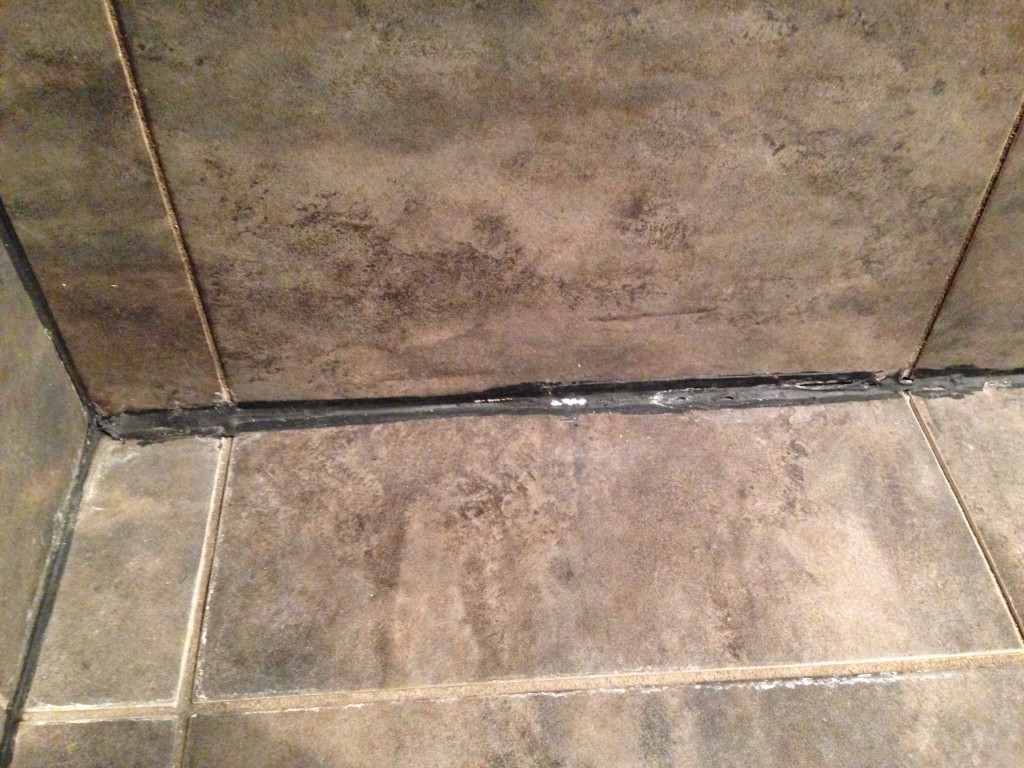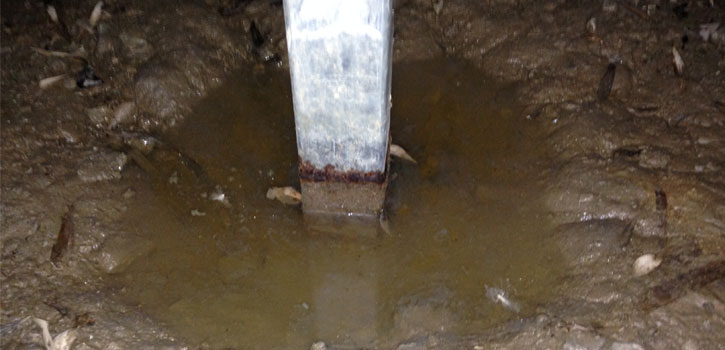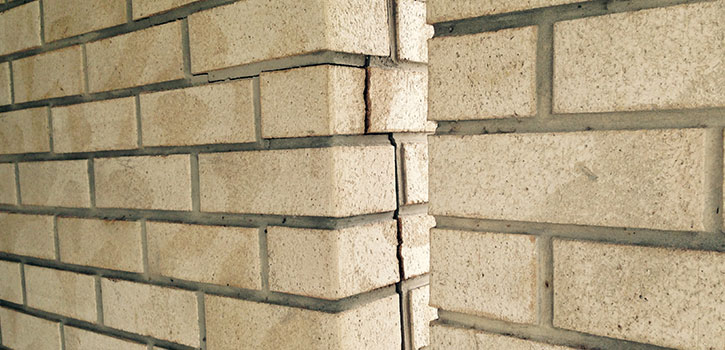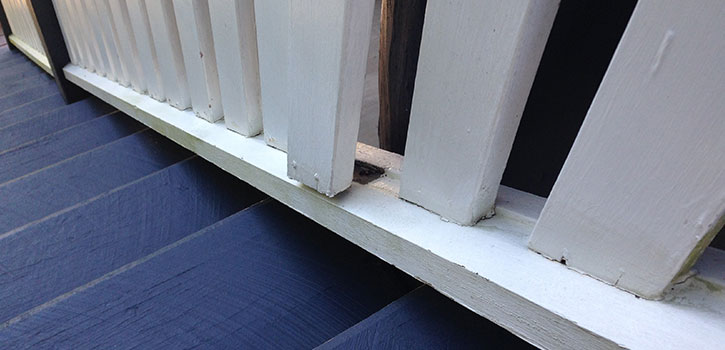General Information on Ceiling Void Insulation
In all cases the use of insulation, particularly within the ceiling and floor areas, is strongly recommended for residential structures and indeed in recent years has become a statutory requirement. Energy efficiency requirements were introduced for new house/building approvals from Sept 2003. These environmental measures designed to save on greenhouse emissions, were referenced in the Building Code Australia and every home approved for construction from that date had to have insulation to a minimum energy efficiency rating of 3.5 R within the ceiling void. Standalone sarking under roofing material as in this instance, with an energy efficiency rating of only .6 – .8 does not satisfy this latest minimum requirement for new housing and client should consider having additional insulation rated at 3.5 such as fibreglass/polyester/wool ‘Batts’ or pumped in mulch to increase the energy efficiency rating to safely meet the current new Building Code requirement for new homes.
It is recommended that pumped in mulch, sheets of silver foil on top of ceiling joists and ‘Batts’ material, be kept clear of down light fittings at all times,as they can generate heat which obviously creates a fire hazard within ceiling void areas. For all insulation of a pumped in mulch variety, or like, we recommend you seek the advice of a suitably qualified and licensed electrician to carry out an audit of the ceiling void area so the best possible advice can be obtained by you.




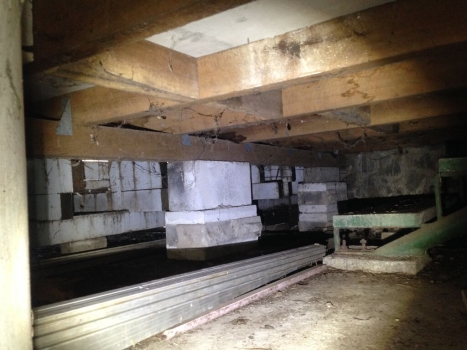
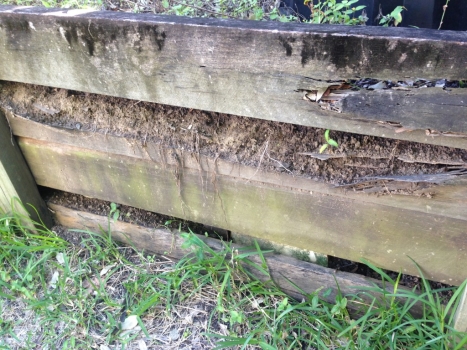
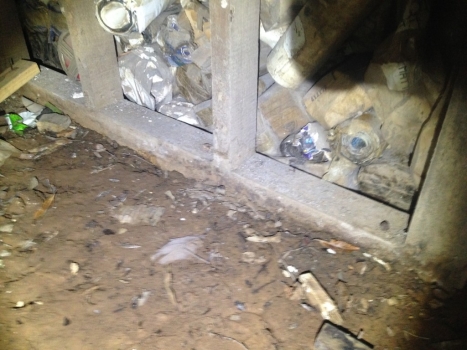
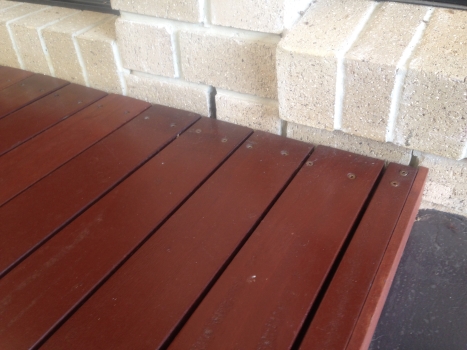
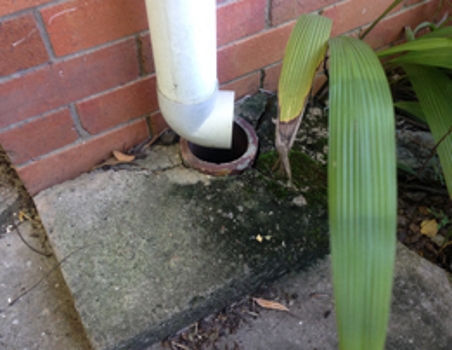 All too often during our inspections we identify areas which are conducive to the collection of retained ground moisture near a structure. Elevated moisture levels are known to provide conditions favourable to Timber Pest activity, particularly termites, and it is vital that every effort be made to avoid these risks. The most common causes of retained ground moisture are inadequate surface water drainage, downpipes not connected to drainage outlets, no gutters in place for roofing areas, outlet pipes for air conditioners, relief and overflow valves for hot water cylinders, corroding and join leakages of gutters and downpipes, defective or incomplete flashing and plumbing for rainwater tanks leaking. These are all issues which can be, and should be rectified, if they are in existence at a property.
All too often during our inspections we identify areas which are conducive to the collection of retained ground moisture near a structure. Elevated moisture levels are known to provide conditions favourable to Timber Pest activity, particularly termites, and it is vital that every effort be made to avoid these risks. The most common causes of retained ground moisture are inadequate surface water drainage, downpipes not connected to drainage outlets, no gutters in place for roofing areas, outlet pipes for air conditioners, relief and overflow valves for hot water cylinders, corroding and join leakages of gutters and downpipes, defective or incomplete flashing and plumbing for rainwater tanks leaking. These are all issues which can be, and should be rectified, if they are in existence at a property.